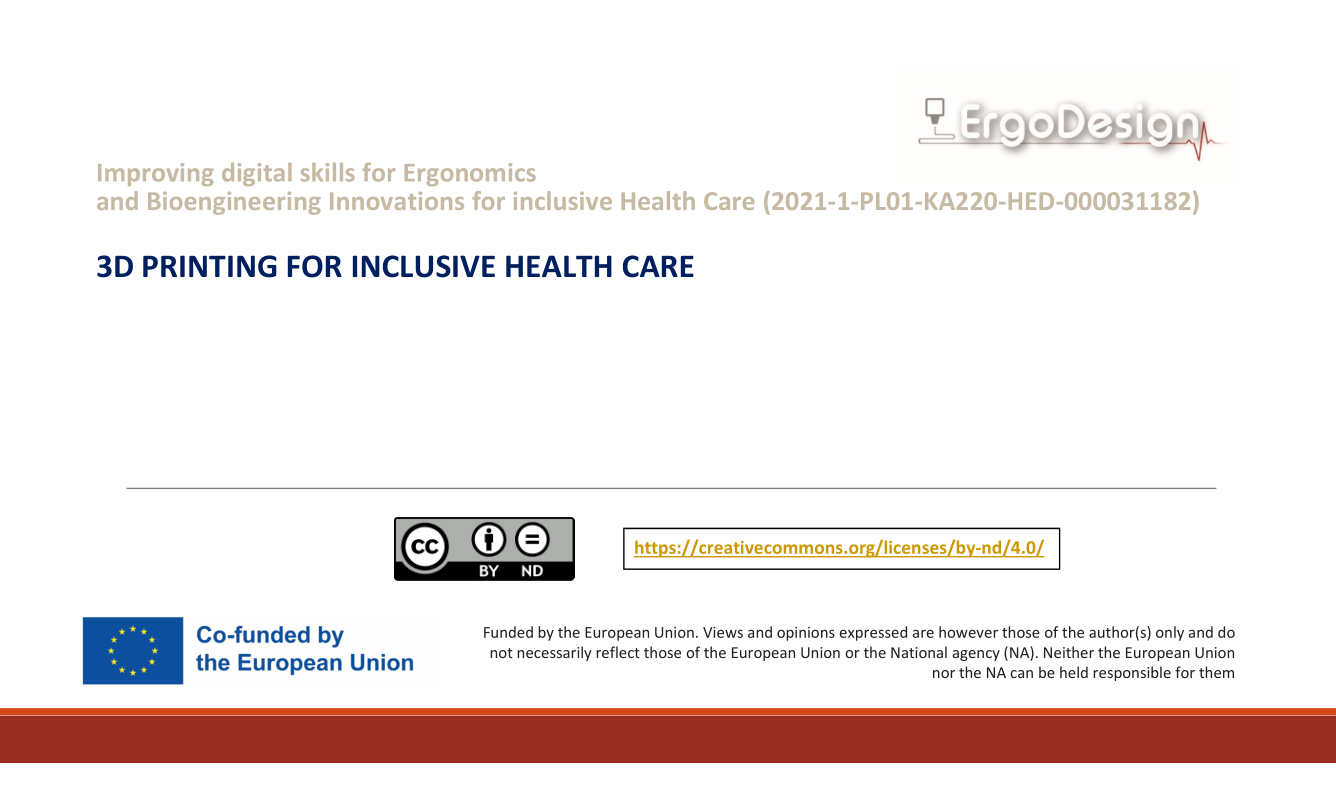
3D PRINTING FOR INCLUSIVE HEALTH CARE (improving digital skills for ergonomics and bioengineering)
ErgoDesign – Improving digital skills for Ergonomics and Bioengineering Innovations for inclusive Health Care
KA220-HED-0D601A76

ErgoDesign – Improving digital skills for Ergonomics and Bioengineering Innovations for inclusive Health Care
KA220-HED-0D601A76

ErgoDesign – Improving digital skills for Ergonomics and Bioengineering Innovations for inclusive Health Care
KA220-HED-0D601A76